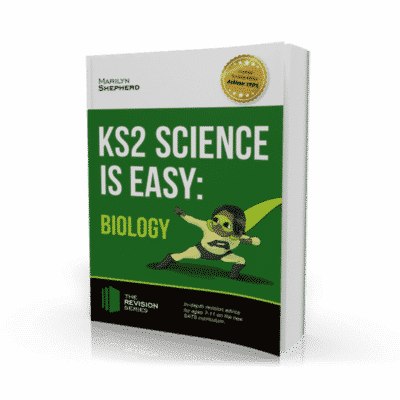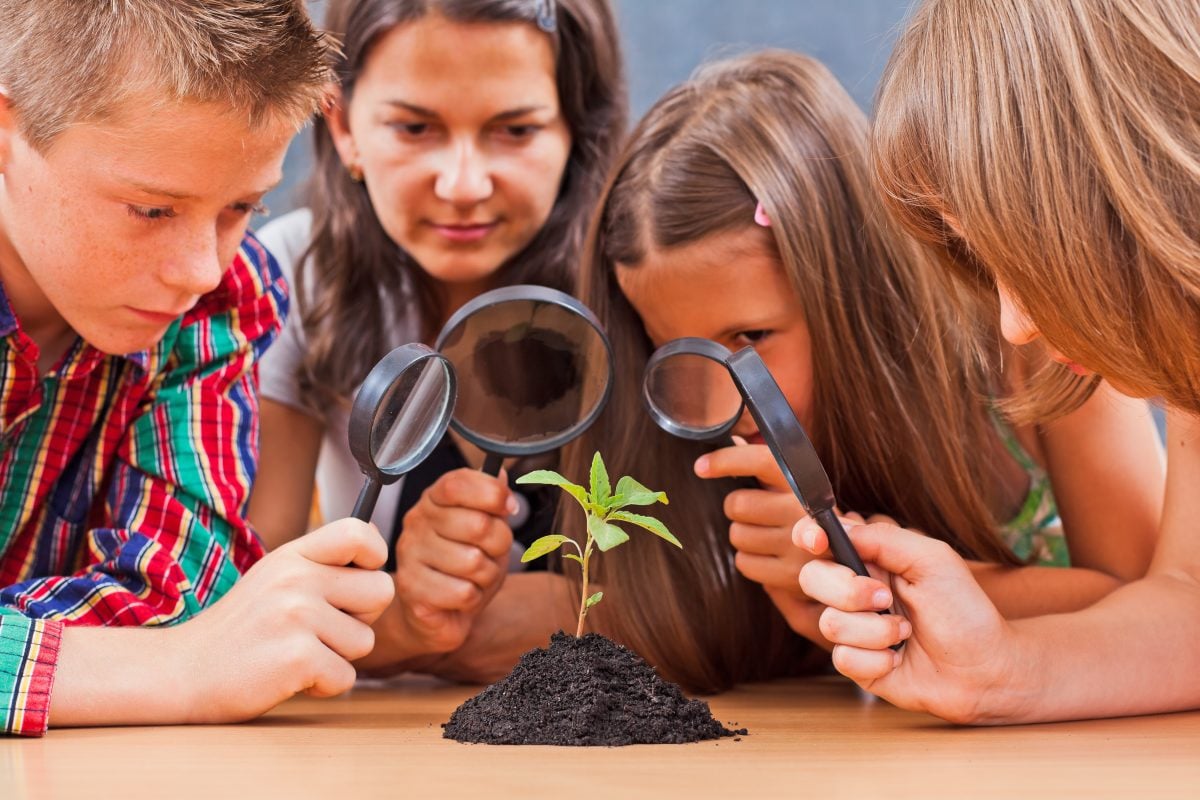KS2 Biology is often considered the most enjoyable of the three sciences. However, it’s still tough to pass, and if you want to achieve top marks then you’ll need to make sure you are fully up versed in all areas of Biology – from the human body to plants, animals and insects. In this blog, we’ll be giving you a break down of how the body works, what digestion entails.
KS2 Biology: The Digestive Process
Stage 1 – Mouth and Teeth
The first stage of the digestion process takes place inside the mouth. Food enters the body via the mouth, and is then chewed up and swallowed using the teeth and tongue. Your incisors are thin and flat to cut food.
Humans only have four canines, which are sharp and pointy to hold and tear food. Animal carnivores (meat-eaters) have prominent canines to kill and eat meat. Molars are the big teeth towards the back of your mouth. They are large and wide in order to crush and grind food up.
Stage 2 – Oesophagus
After the food is swallowed, it travels down the oesophagus into the stomach. It’s a human’s food pipe.
Stage 3 – Stomach
Your food will stay in your stomach for about four hours, while it gets broken down into smaller and smaller pieces by strong muscles and powerful juices.
Stage 4 – Small Intestine
Now that your food is in a ‘liquidy’ state, it travels to the small intestine where it is broken down even more. This is where the nutrients from your food are absorbed into your bloodstream!
Stage 5 – Large Intestine
Now, whatever’s left (waste) passes into your large intestine. Here, water is absorbed, which means the remains of your food gets drier and drier until it becomes – you guessed it – poo!
Stage 6 – Rectum
After the intestines have finished absorbing all that they can from your food, all that is left is waste. This waste (poo) eventually travels to the rectum, where it stays until it is pushed out through the anus. This happens when you go to the toilet!
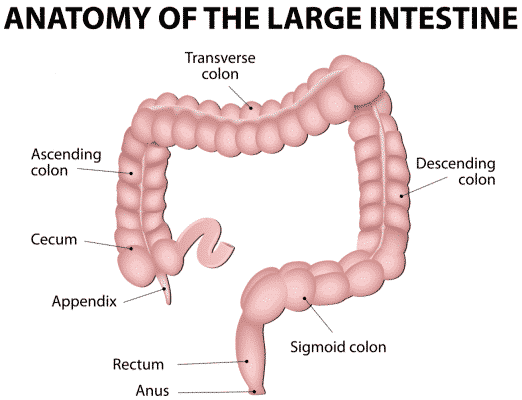
The Human Skeleton
The skeleton plays three main roles in the body:
1. Supports your entire body.
2. Protects vulnerable areas of your body.
3. Allows your body to move!
-
- Skull – The skull protects the organ that controls everything – the brain.
- Ribcage – The ribcage (made up of ribs) protects the heart and lungs. Humans have 24 ribs – 12 on each side.
- Spine – The spine (backbone) protects the spinal nerve, which is vital for movement.
- The pelvis supports our spine and abdomen, as well as our legs. A woman’s pelvis develops to be wider than a man’s in preparation for having a baby.
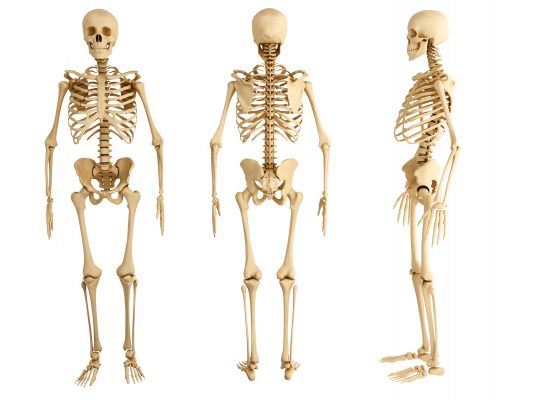
Joints and Muscles
While your skeleton gives your body shape and support, muscles and joints allow your body to move. Your joints are found between many of your bones to join them together and enable you to flex and move. When your skeleton moves, your joints and muscles are put to work. Joints are what join your muscles to your bones – they make it possible for the movement of your muscles to have an effect on your skeleton.
Muscles always work in pairs. While one muscle is active, it contracts, pulling the bone in one direction, while the corresponding muscle stays relaxed. For the opposite movement to be made, (e.g. to place your arms down by either side of your body), one muscle will contract, and the other will relax.
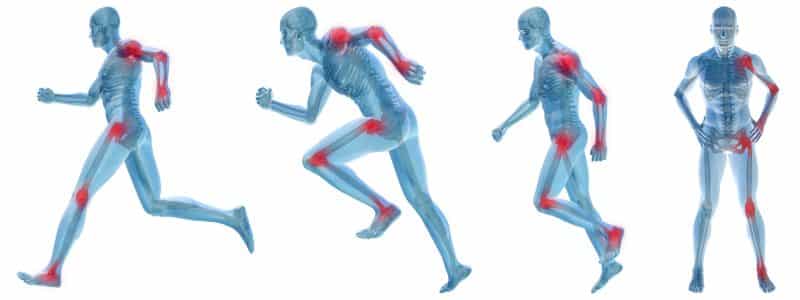
Human Organs
Your organs all do different jobs and are constantly working, even while you are asleep. While the brain controls all functions of the body, all of these organs listed below are vital for human survival, so it is very difficult to say which of the organs shown below is the most important:
- Brain – The brain is the body’s control centre – it sends signals to the rest of your body. This makes your body parts do what they need to do. The brain is also responsible for thoughts, memories and emotions.
- Lungs – The lungs are the squishy sacs where air goes when you breathe in. From this air, your lungs absorb vital oxygen, which they deliver to your bloodstream.
- Heart – The heart delivers blood, which carries oxygen and nutrients everywhere around your body.
- Liver – The liver does several extremely important things for your body. Firstly, it helps to clean your blood of toxins and absorb nutrients. It also produces bile, which is important for digesting fatty foods. That’s not all – the liver can even store and release extra energy for you if you get too tired!
- Kidneys – Your kidneys remove waste products and excess water from your bloodstream, and turn them into urine (wee). It also removes outside things that could be harmful to your body. When blood enters the kidneys, the waste products are filtered out and sent to the bladder as urine.
- Bladder – Your bladder is where the waste products from your bloodstream (urine) are stored by your body. Urine collects here until it becomes too full, which is when you start to feel the uncomfortable sensation of needing the toilet!
- Skin – Your skin is an organ, and the largest of all. It protects your body from outside harm, prevents things from leaking out of your body, and gives you a sense of touch.
The Circulatory System
The circulatory system is your body’s way of transporting blood to everywhere that needs it. The most important organ in the circulatory system is the heart, which pumps blood everywhere in your body. It is able to do this because it is basically one big muscle – it’s incredibly powerful. Blood travels within arteries, veins and capillaries.
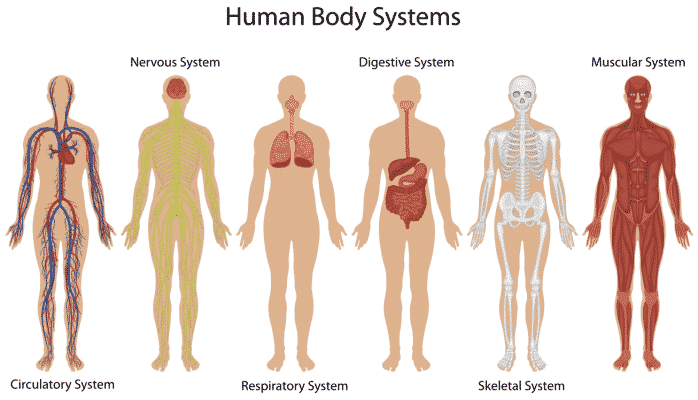
Human Development
Puberty – The development from childhood to adulthood that humans go through, approximately between the ages of 10-18. During puberty, girls’ bodies and boys’ bodies change dramatically. Some
changes happen to girls AND boys, some ONLY happen to girls, and some ONLY happen to boys. See below for the breakdown:
Boys’ and girls’ bodies:
- Adolescents of both genders will grow in height;
- Body hair will start to grow;
- Bodies will start to sweat more;
- Acne (spots) will likely start to emerge.
Just girls’ bodies
- Breasts begin to develop;
- Girls will begin to have their first periods – ovaries start to release eggs into the womb.
Just boys’ bodies
- Testicles begin to produce sperm;
- Boys’ voices become much deeper (girls’ voices also become lower, but not as much as boys).
Products You Might Be Interested In
If you’ve found this blog interesting or helpful, then you’ll be pleased to know that we have a fantastic product available specifically designed to help you pass KS2 Biology. This book is jam packed with top tips and study material. So, don’t hang around. Grab your copy of our KS2 Biology guide today!
